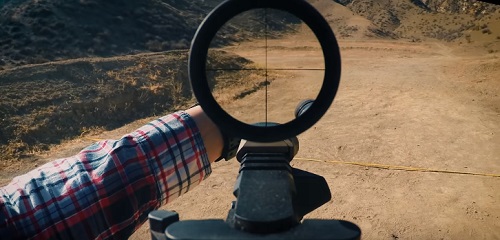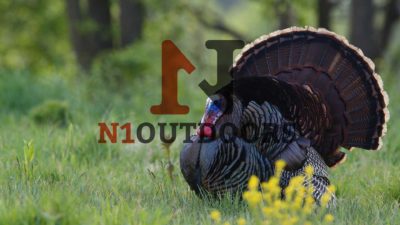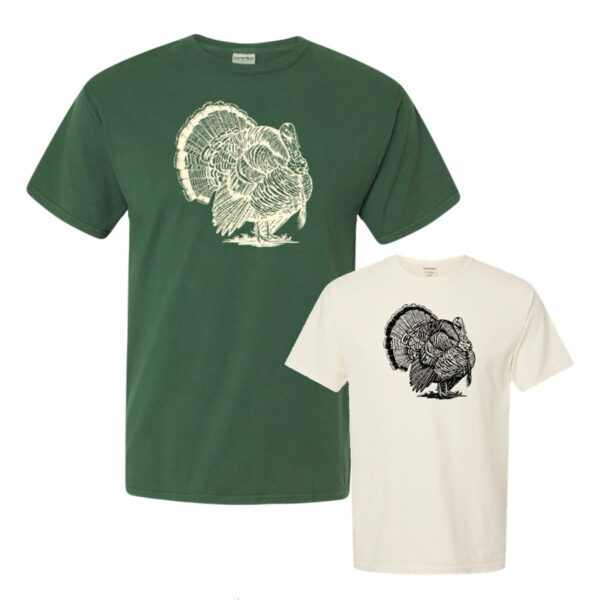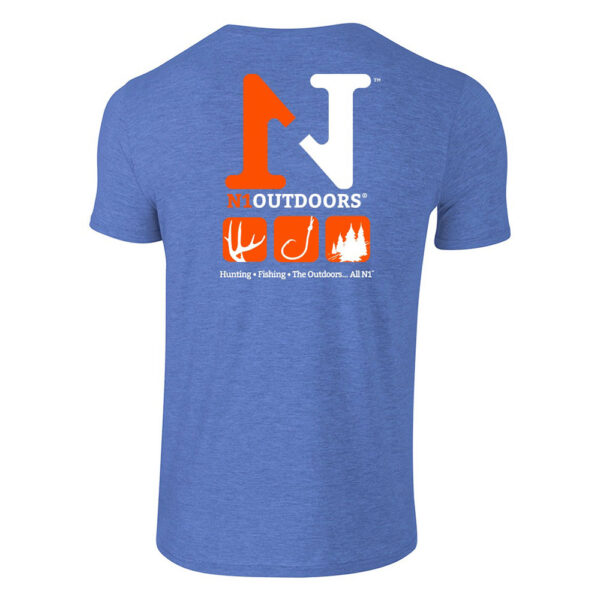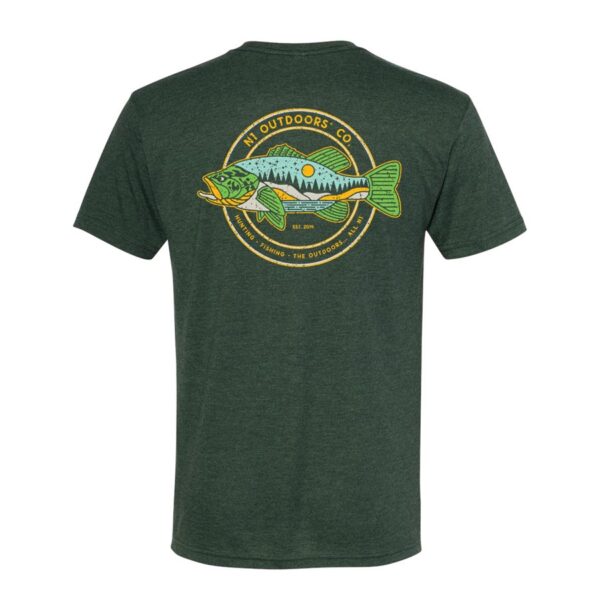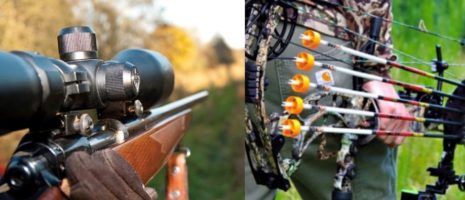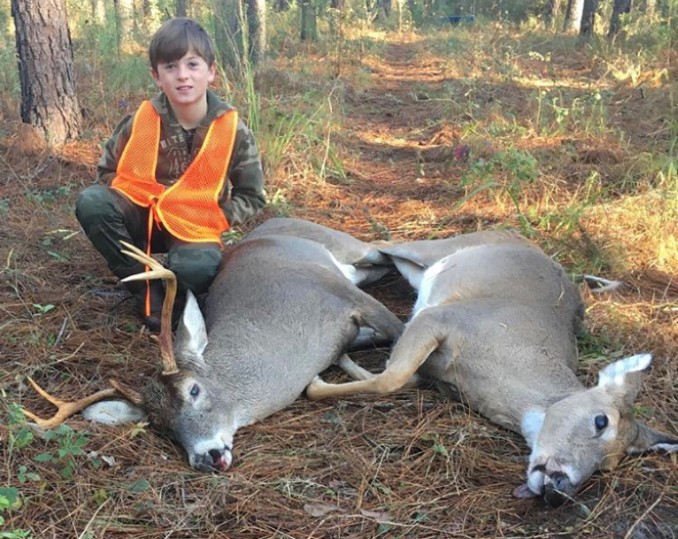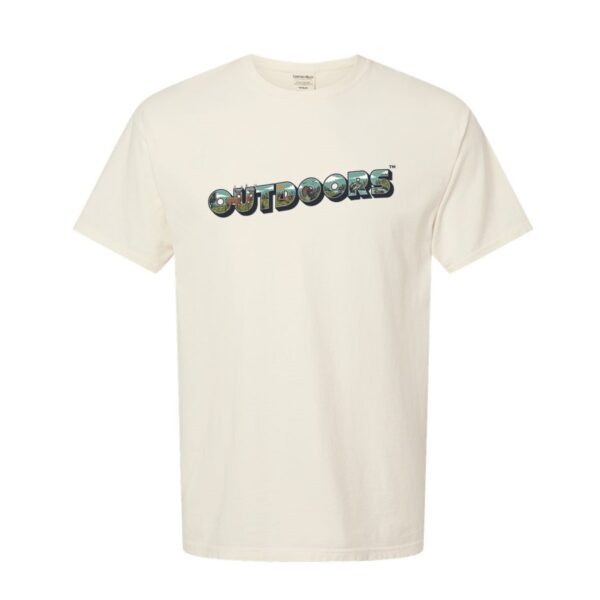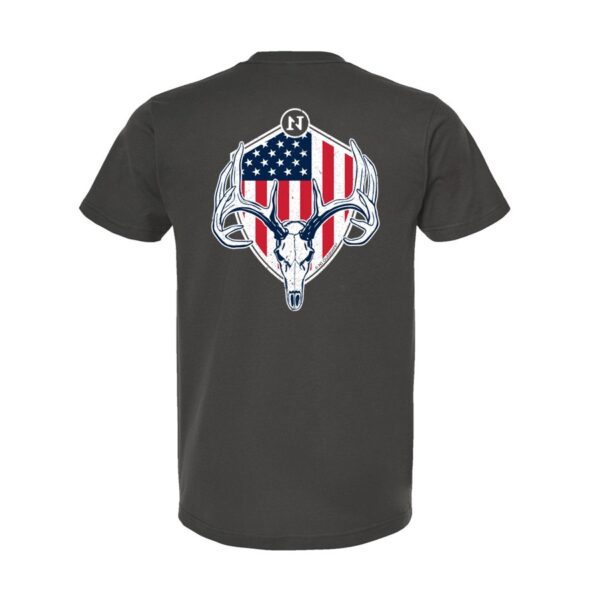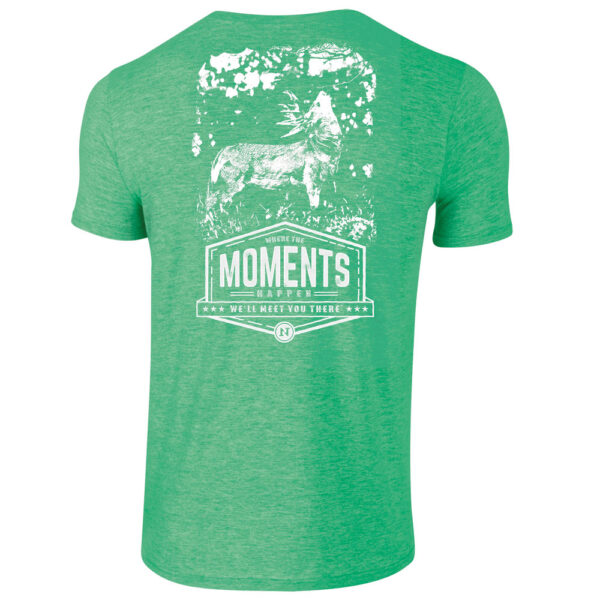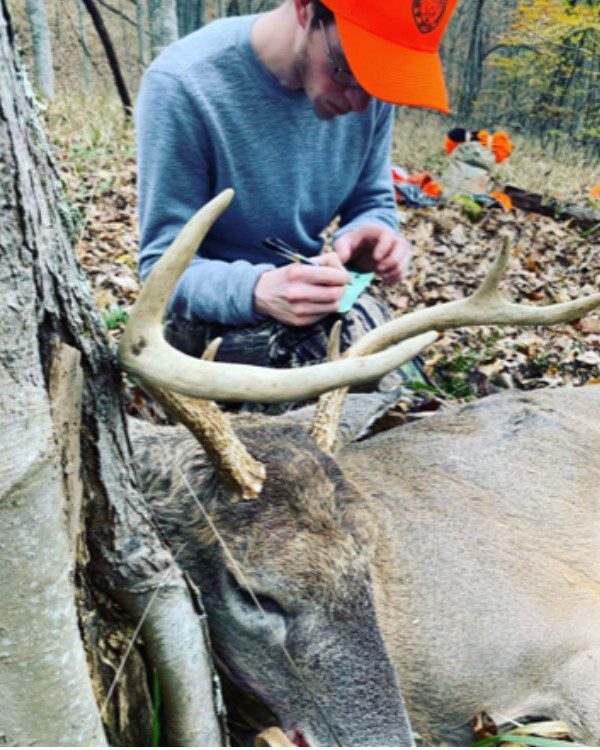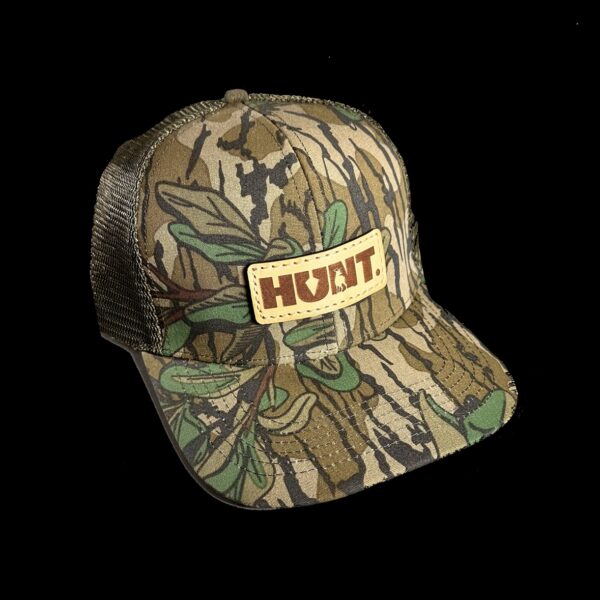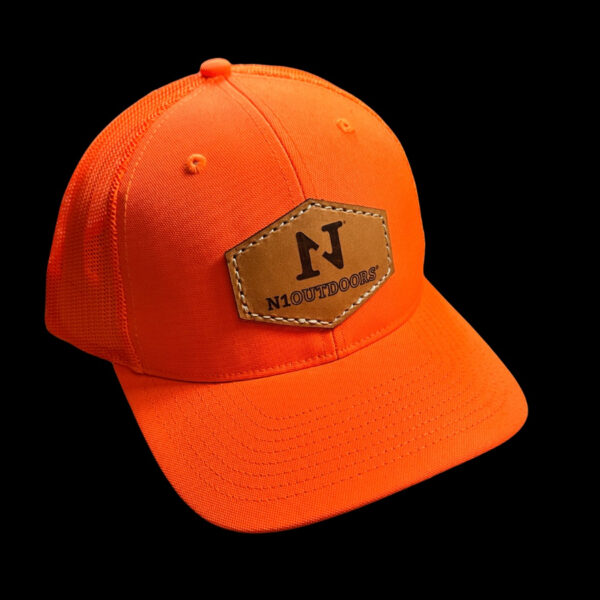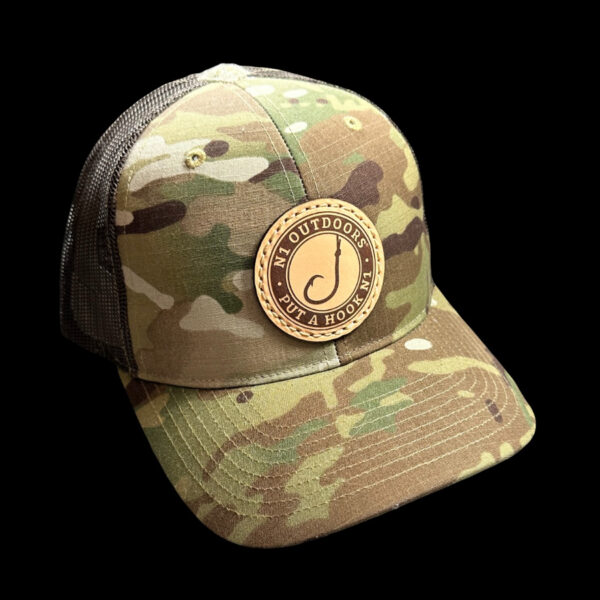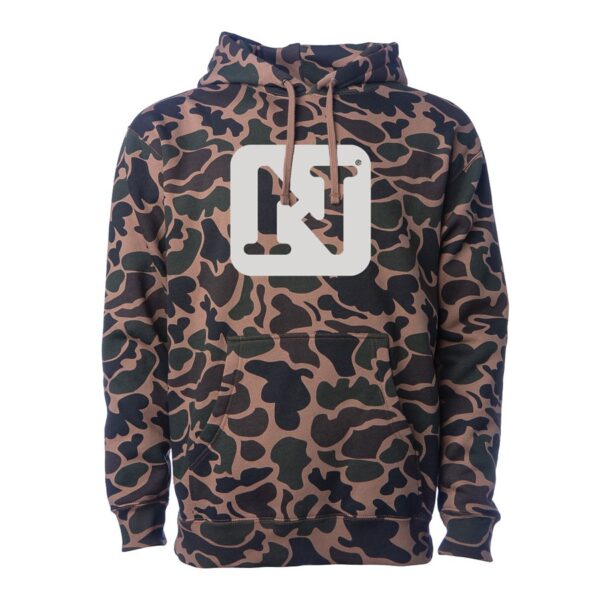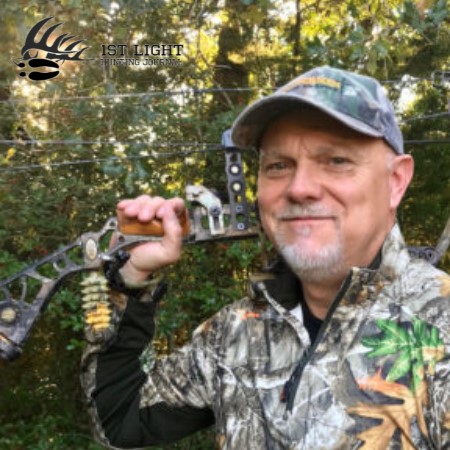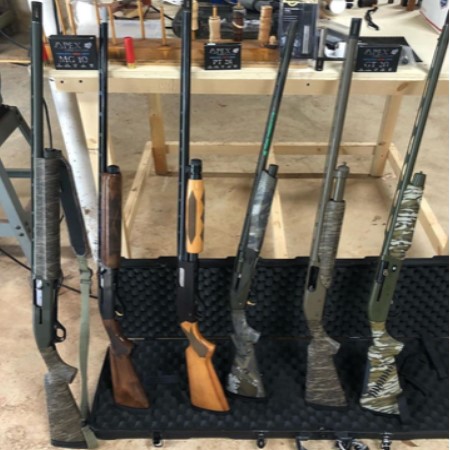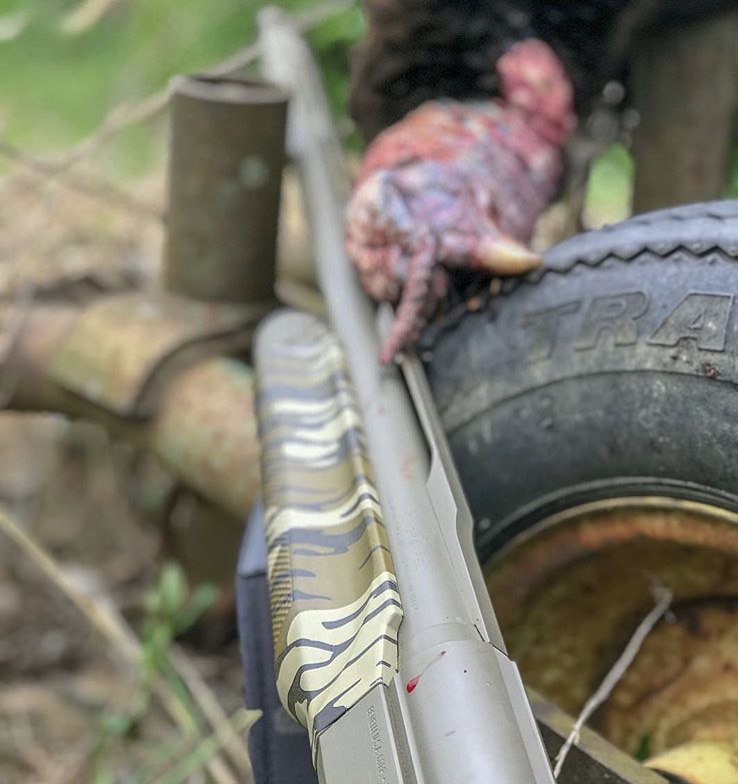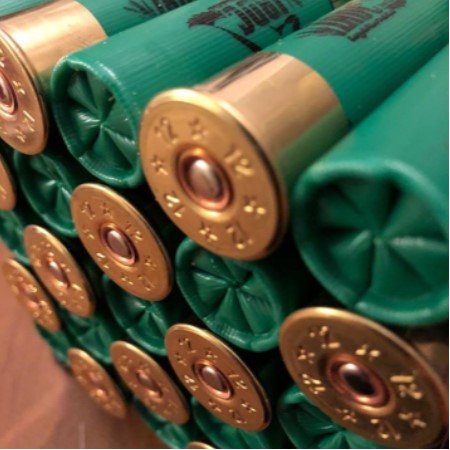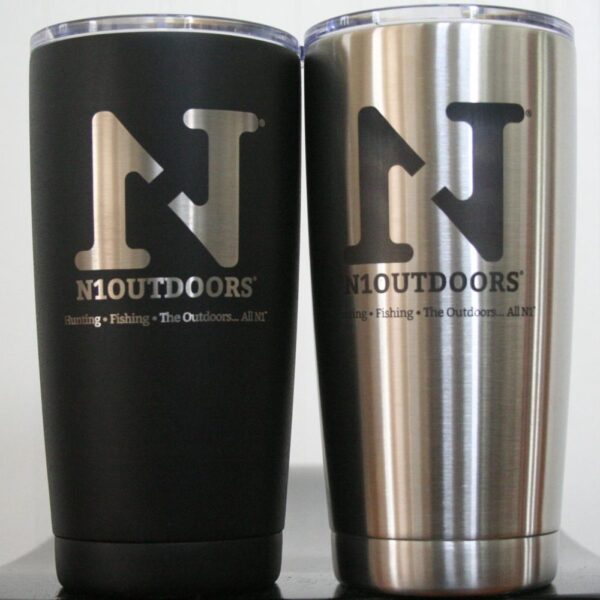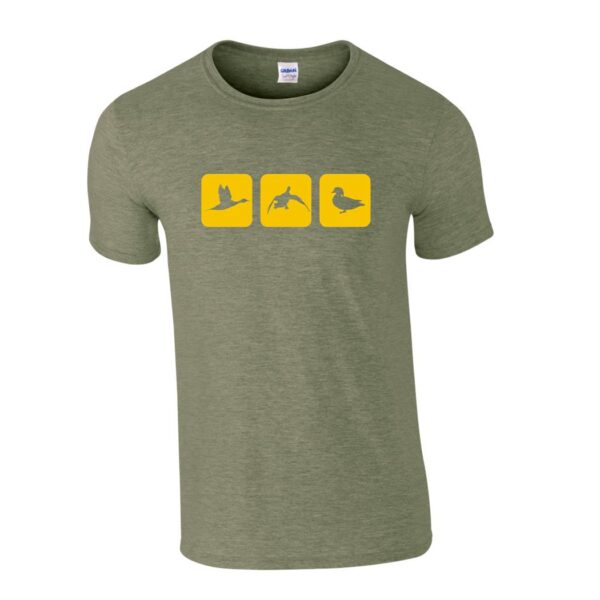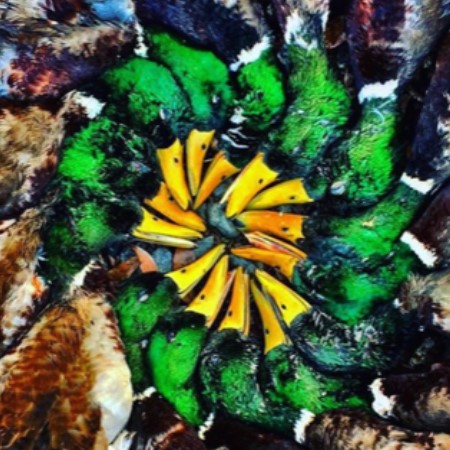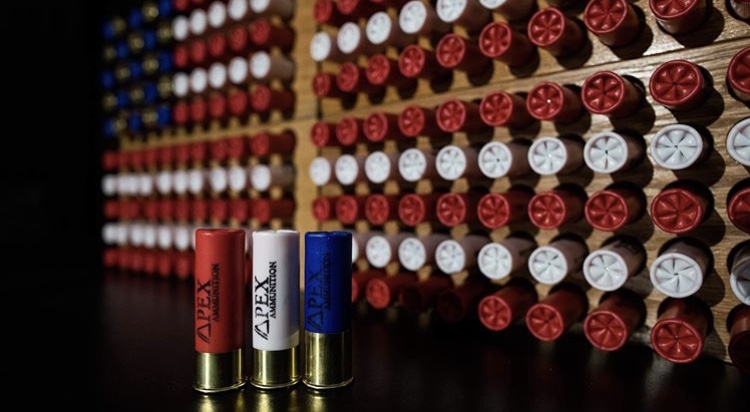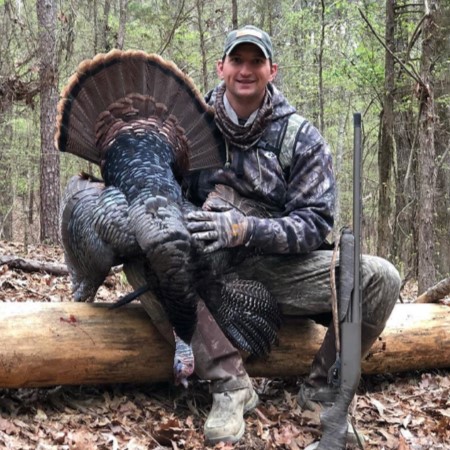Turkeys are a very popular animal to hunt, but even with the wild turkey’s rise in popularity, it still remains a very challenging animal for even the most experienced hunters to bag.
But even so, this guide should help beginner turkey hunters get on the path to bagging their first tom.
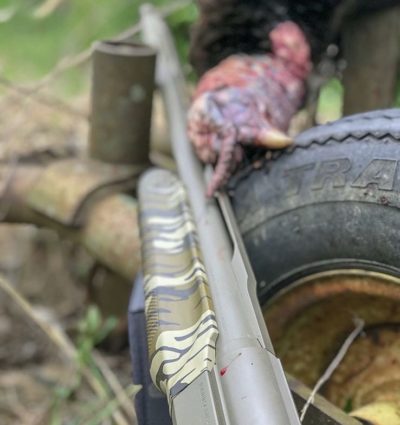
Turkeys can be an extremely tough animal to harvest, even for the seasoned hunter. Be committed to learning as much as you can before you go and in the seasons to come.
Turkey Hunting (before you go…)
Before we get to some basic turkey hunting tips, lets cover a few other important things first…
Know and Play By the Rules
Before you even bother with packing your hunting gear, take time to learn your state’s regulations on wild turkey hunting.
Can you shoot before sunrise?
Can you shoot after sunset?

Knowing the hunting regulations in your state, like whether you can shoot before sunrise and after sunset, are important to know before you go turkey hunting.
If so, how long before sunrise and after sunset are you allowed to shoot?
Hunting seasons and bag limits in the state you are going to be hunting is also something to be aware of.
Each state declares its own seasons and bag limits for each game species. The state agency bases those decisions on science and harvest totals, as well as other factors.
Additionally, a hunter safety education may be required to buy hunting licenses, depending on the hunter’s age.
Apprentice licenses may be offered to first-time hunters in place of hunter safety education, but the new hunter must be accompanied by a properly licensed hunter before hitting the woods.
All of this type information should be answered by checking out your state’s department of natural resources website.
Bottom line… always know the laws before you hit the woods!
Looking for great hunting t-shirts? We’ve got more HERE!
-
$26.99 – $32.99
-
$15.00
-
$28.99 – $32.99
Gearing Up
Wild turkeys have keen eyesight, so you will want to conceal your movements as much as possible while out hunting.
A good camo pattern for the terrain you are hunting is essential. So, make sure that whatever you wear conceals your hands, neck, and face, because a turkeys spook at the slightest movements.
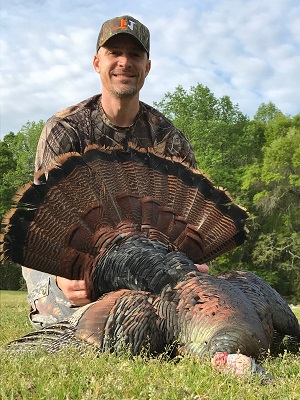
Staying concealed on your turkey hunts is critical when turkey hunting and could be the difference between bagging a tom or coming home empty-handed.
Of course, unless you’re Chuck Norris, you won’t be bagging that turkey with your bare hands. So, you’ll need to have and be proficient with a bow or shotgun before heading to the turkey woods.
If you choose a bow, whether it be a compound, recurve, crossbow, or even a traditional archery bow, make your choice something you are comfortable shooting from a seated position, as most turkey hunts happen from the ground.
Scout, Scout, Scout
Even if you have become an expert at harvesting trophy deer or other animals, you must realize that turkeys can still be a difficult animal to hunt and kill. Heading out on a scouting trip before the big hunt can be crucial to your success.
So when it comes to scouting, knowing what to look for can help you determine if turkeys are frequenting your property and if so, where they are the most active.
Types Of Turkey Sign
Knowing what turkey sign looks like is a great start for determining if turkeys are active on the property you will be hunting. After all, you can wear camo from head to toe, put on face paint, and be as still as a statue, but if you don’t have turkeys on the land you’re hunting, well, at least you enjoyed being outside.


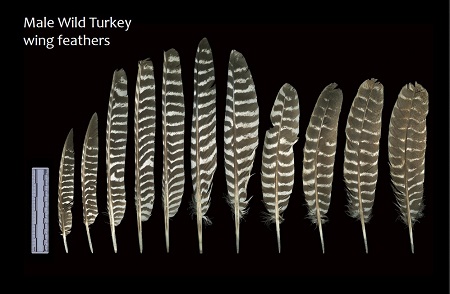


Here are some types of sign to look for when scouting for turkeys:
- Turkey tracks: Tracks can certainly help you identify where a turkey has been, but you also want to figure out where it went and when, so hopefully you can intercept one on the next trip there.
- Feathers: It might seem obvious, but turkey feathers are a great indicator that there are, or have been, turkeys in the vicinity. So keep an eye out for the feathers, especially if roosting trees are in the vicinity. You may have turkeys nearby.
- Turkey droppings: Turkey droppings can be J-shaped (often a tom) or in a spiral shape or a “blob” (usually indicating a hen) in a variety of . But, if you find fresh droppings, that’s a good sign that a turkey is nearby.
- Scratching: Be sure to pay close attention to the ground as you walk through wooded areas, as turkeys will scratch the ground. They do this to look for insects as well as other types of food, like acorns. Scratching can be a great clue to whether turkeys are frequenting and feeding in wooded areas on the property you will be hunting.
- Dusting Areas: Turkeys like to roll belly down in loose soil or sand to clean their feathers and will leave behind distinct areas of disturbed terrain along logging roads or under standing pines.
Turkey Calling (Tips For Beginners)
To be successful in turkey hunting, many hunters rely on calling to help bring the birds within shooting range.
Calls work by replicating a wild turkey’s natural vocalization. Turkeys of all ages and genders produce various types of yelps and calls.
Box, slate, mouth, diaphragm, and locator calls (like crow and owl calls) are all different options a hunter can choose from. However, beginners usually find a box calls as one of the easier ones to get consistent sounds.
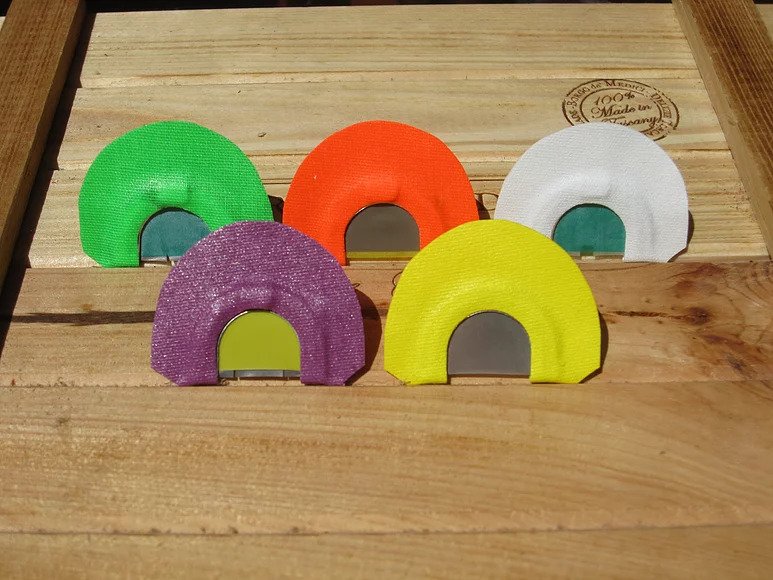
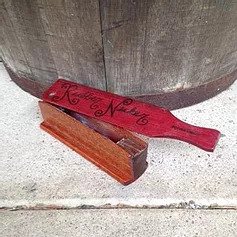
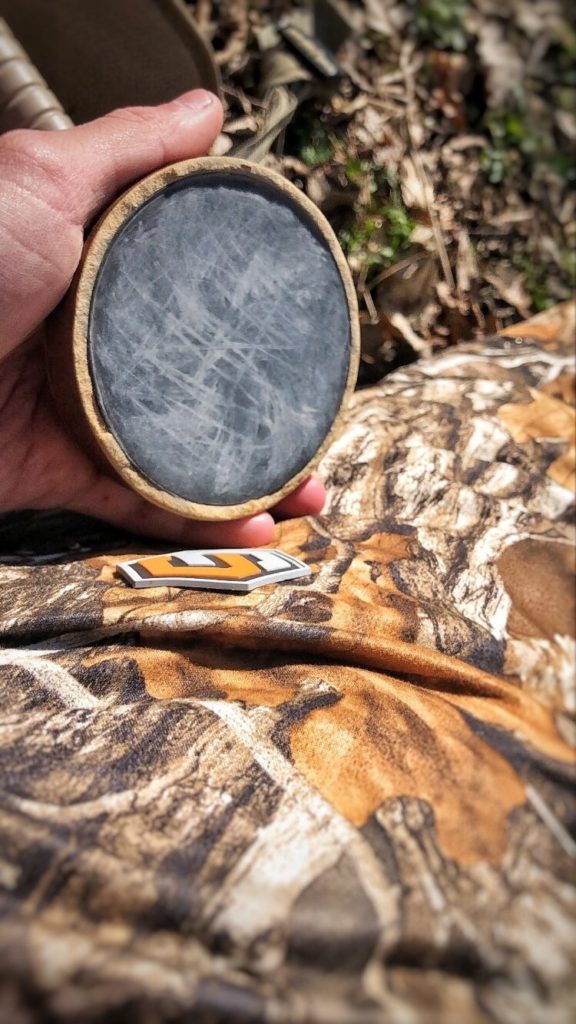
A box call is used by scraping a paddle bottom along the side of the box panel’s lip. The hollow inside chamber provides a distinct note that appeals to the birds.
You can also use a wingbone turkey call to locate turkeys (not pictured).
Here are a few tips to remember when calling turkeys:
- Practice, practice, practice: As a new turkey hunter, it’s important to learn basic calls like the cluck, cut and the yelp. Learn all you can about making these turkey vocalizations as life-like as possible.
- Get real: Turkeys aren’t all that different from people in that they don’t always sound exactly the same. Mix in some varying cadences in your calling. There’s nothing more unnatural (or annoying) than a “turkey” that makes the exact same sound for the same amount of time, every single time it calls. Turkeys can be extremely wary, so don’t let your calling be one of the reasons. Mix things up.
- Keep it short: Keep your call series brief. You won’t be able to hear a tom gobble in response in you are yelping your head off! Listening is as important as calling, so keep thing short and stayed tuned in.
- That’s it, nice and soft: If you notice that you have a tom’s attention with your calling, don’t keep calling at the same volume. Change your calling to softer clucks and purrs and see if you can smooth-talk him into range.
- Sometimes less is more: Turkeys will be wary if you call too much, so make sure not to call too often. Sometimes the best thing to do after calling is not to call again. A tom may get worried that his mate-in-waiting has decided to leave and he’ll want to find her!
Turkey Hunting With Decoys
Another way to attract turkeys is by using a decoy. Turkeys are territorial, so if a gobbler happens to see a hen decoy or another jake or tom infringing on their territory, he is sure to take notice.
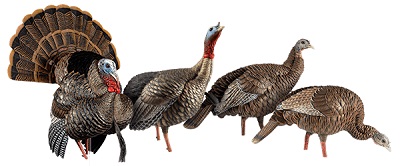
There are many price ranges of turkey hunting decoys on the market. Spend the extra money to get the most realistic ones you can afford.
When turkey hunting with decoys, here are a few tips that are helpful to know:
- Decoy transportation: Be sure to carry your decoys head down in a bag. In the event another hunter is in your area and thinks the decoys are real turkeys, it could lead to a terrible injury or even death. Safety first!
- Use a hen and a jake decoy: A gobbler will be attracted to a hen, (and mad if it sees a young male turkey trying to steal his girl!)
- Close but not too close: Be sure your decoys are close enough so that if a tom gets hung up on the far side of them, he is still close enough to shoot and kill. But, they also need to be far enough away so that your gun’s shot pattern can open up. Setting up decoys at about 15 yards is a good rule of thumb.
- Placement is key: When setting up your decoys, ask yourself, “could a turkey see these from a long way off?” If the answer is no, then consider repositioning. The last thing you want is to call and have a tom come in and not see what he was looking for and leave… heartbreak city! Setting up your decoys in the open will also allow other hunters to identify them as decoys, so that they don’t attempt to shoot in your direction.
- Don’t skimp: If you’ve walked the hunting aisles at your local sporting good store, you have probably noticed that there are are many different brands of turkey decoys (and several price points). Get the most realistic you can for your money. A life-like decoy could be the difference between getting that tom in close enough to shoot and watching him run off to be hunted another day. Spend the money and get good decoys.
Sit, hide or run…
There is more than one method of hunting for turkeys. Let’s briefly cover those.
Camp out at the base of a tree
If you have the ability to be very still, you might try sitting at the base of a tree as you wait for Mr. Tom Turkey to pay you a visit.
If so, try to find a large tree that is larger than shoulder width. A wider tree base will help conceal your shape better than a thinner tree.
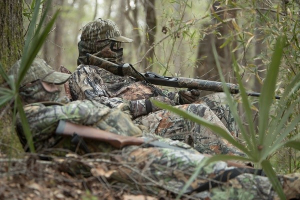
Believe it or not, you don’t have to hunt from a blind for turkeys. But, you do need to be concealed well with camo and natural cover and be able to stay very still.
Also, be sure you have appropriate camo for the area/habitat you are hunting. Wear a face mask as well. Turkeys can see very well, so take the extra effort to sit still and stay concealed.
Turkey Blind Hunting
Many hunters use blinds to hunt for deer, but you can turkey hunt from them too.
If you are fairly certain of a tom’s presence in the area, and have an idea of where he is going to be, and you want to sit moderately comfortably while you wait, a blind may be a good option.

Ground blind hunting can work well in clearings, field edges and ridges and is a good option if hunting with youngsters.
Turkey blinds are also a good option if you are hunting with kids. It’s a little easier to get away with movement if you are in a blind. So, if you or the youngsters are a little fidgety, a blind might be a good option.
Even if you are hunting from a blind, it’s still a good idea to wear dark clothing and a mask or face paint that will blend into the darkness of the inside of the blind.
You can set up your blind on a field edge or ridge. Blinds can work great when using decoys as well.
Run and Gun
When it comes to turkey hunting, “running and gunning” can be a very exciting and effective way to bag a gobbler.
Basically, it means that a hunter will not be stationary, as if he/she were in a blind or sitting at the base of a tree. Rather, the hunter will try to locate turkeys by walking short distances, watching, calling, and listening for turkeys.
So, if the hunter calls and hears a gobble, the next step is to try and pinpoint the location of the tom and get as close as possible and get set-up in order (at the base of a tree, for example) to make a good shot on the bird.

“Running and gunning” for turkeys is quite the rush, but can leave you scrambling to find adequate cover that is close enough to get a shot on a tom.
Much like hunting from the base of a tree, you need to use the available natural cover and also be sure to wear as much camo clothing as possible, including face mask/paint, camo shoes/boots, etc.
Once you have located a tom, be sure to set up where you will have a shooting lane toward the bird’s expected travel path. It’s important to always be sure of where you are aiming and shooting.
If you cannot clearly identify the bird, do not shoot. Never shoot into brush or an area where you cannot clearly see the target. Safety first!
-
Sale!
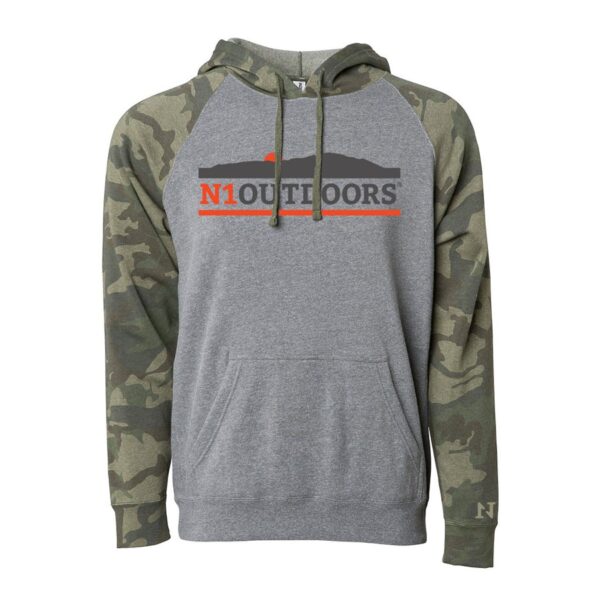
N1 Outdoors® “Sunset Mountain” Pullover Hoodie
$34.00 Select options This product has multiple variants. The options may be chosen on the product page -
Sale!
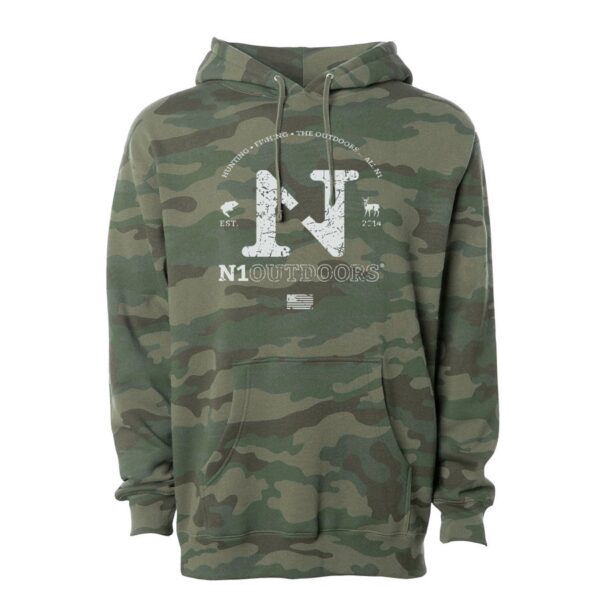
N1 Outdoors® Est. 2014 Forest Camo Heavyweight Sweatshirt Hoodie
$34.00 Select options This product has multiple variants. The options may be chosen on the product page -
Sale!
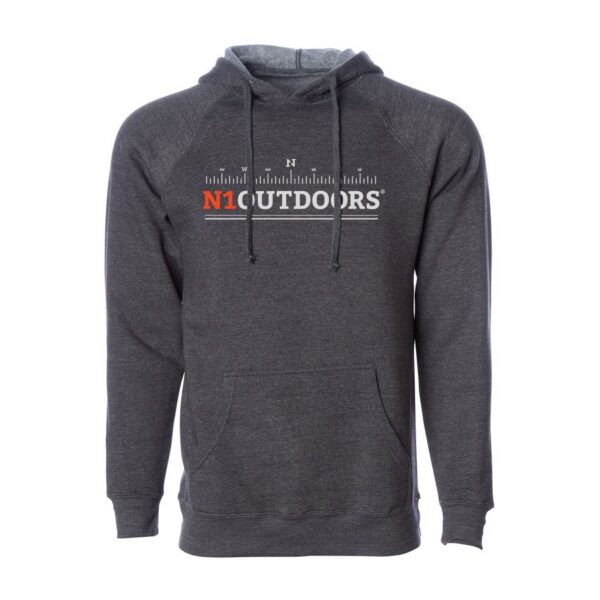
N1 Outdoors® Compass Pullover Hoodie
$34.00 Select options This product has multiple variants. The options may be chosen on the product page
Get Out And Go!
Hopefully these turkey hunting tips will help you progress from a beginner into a seasoned and successful turkey hunter.
Best of luck in bagging a tom!
